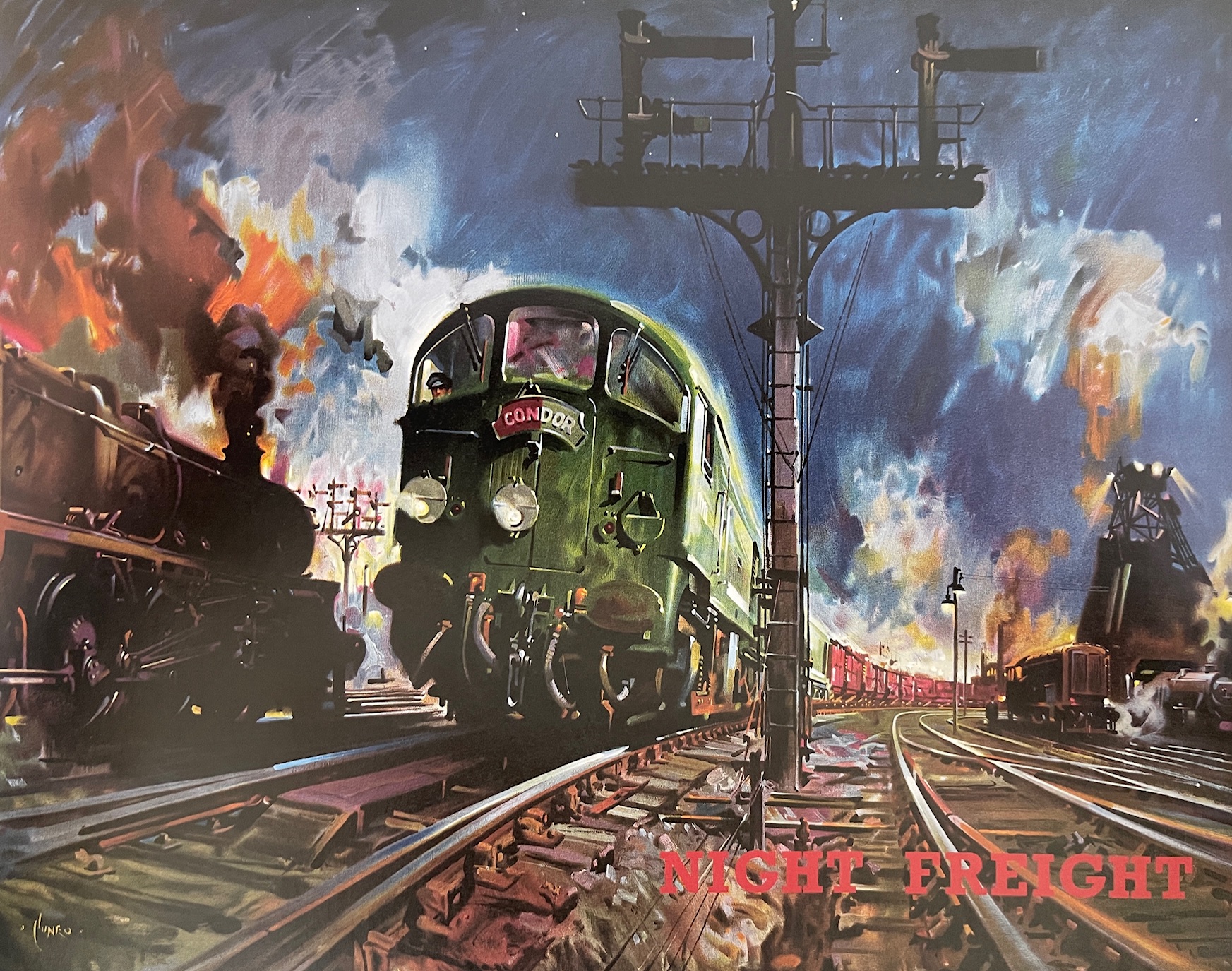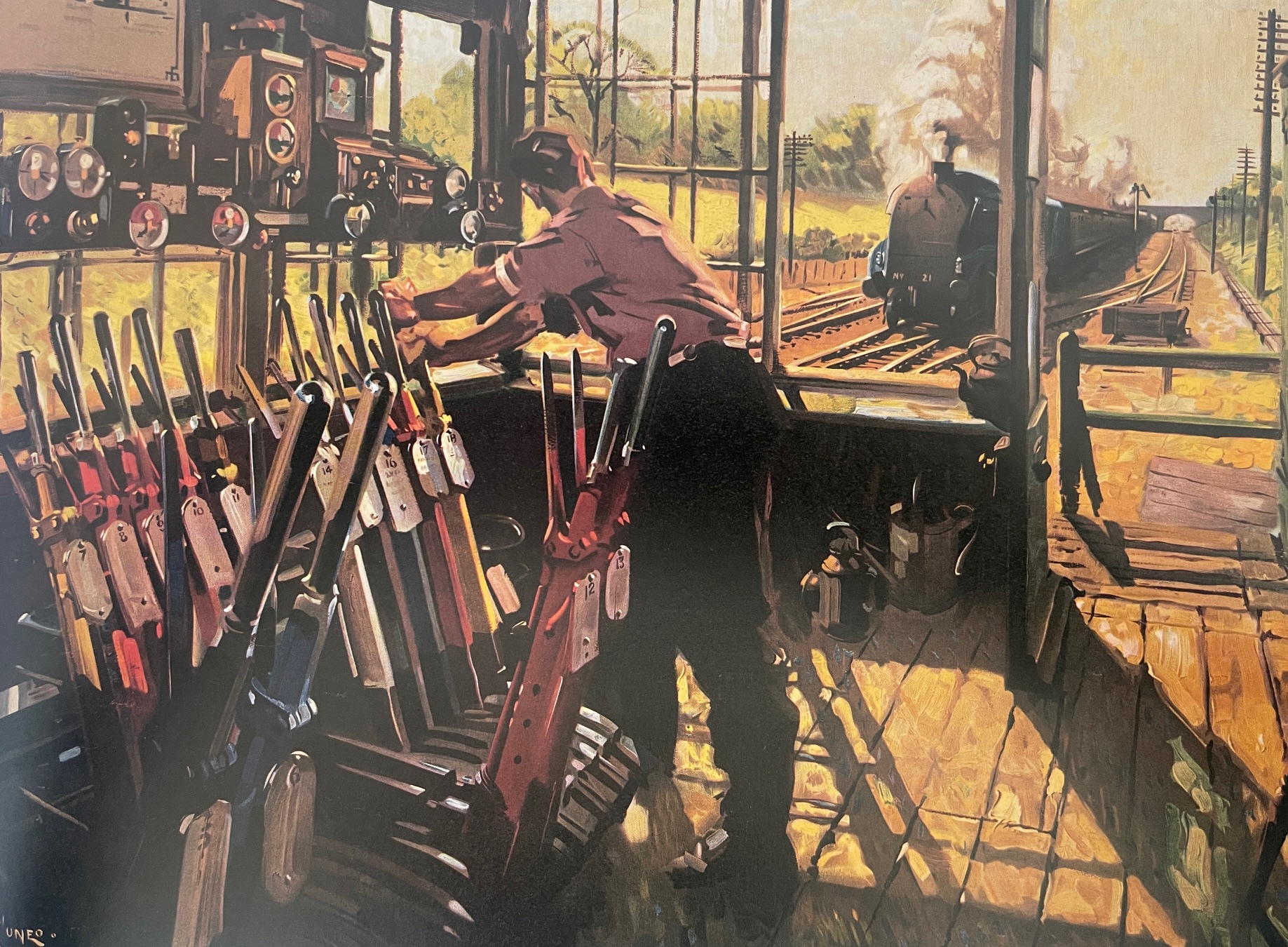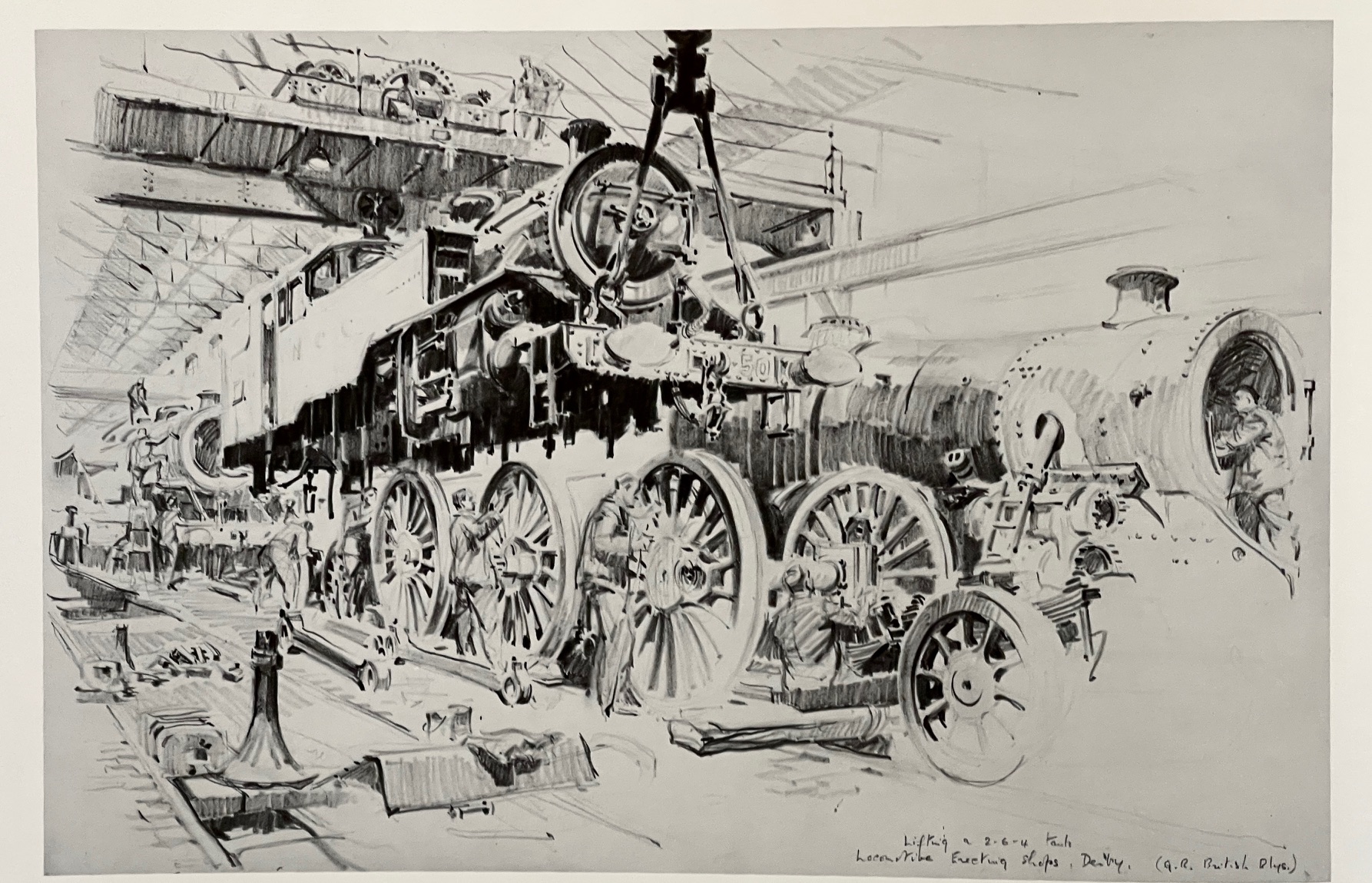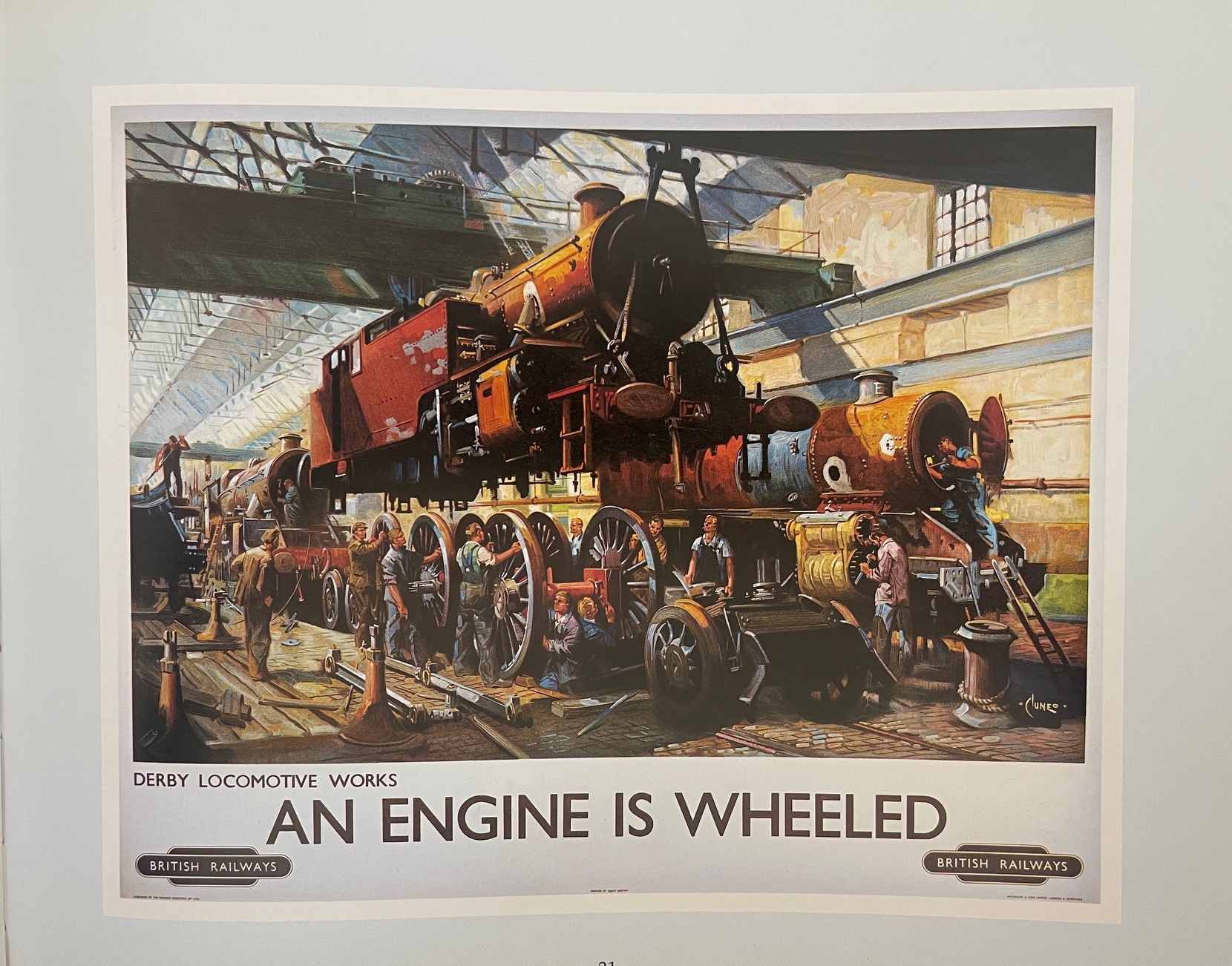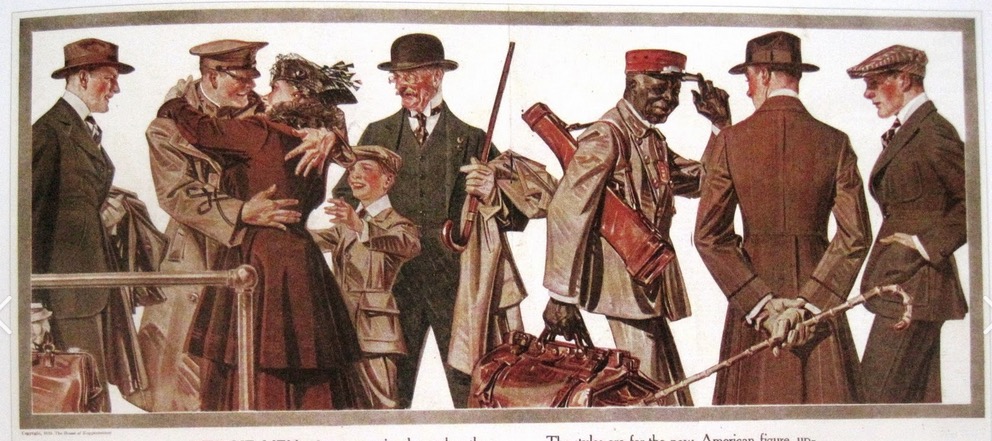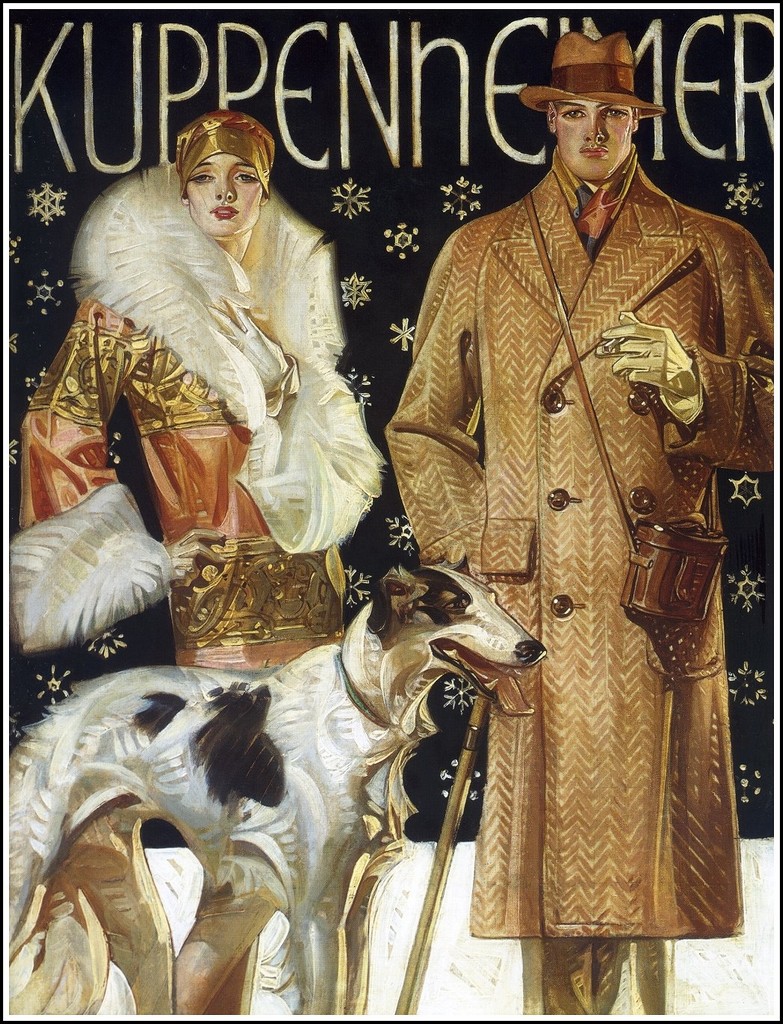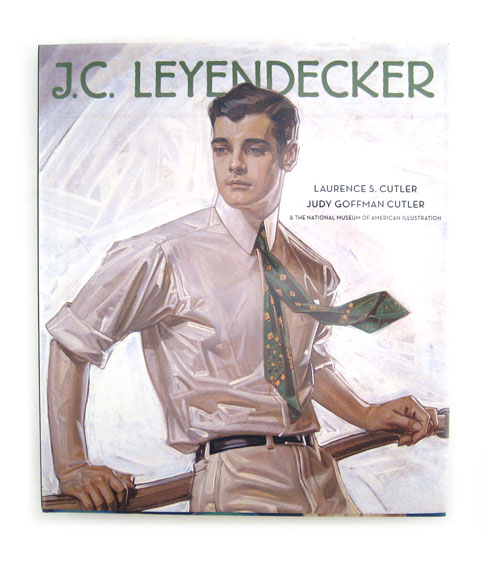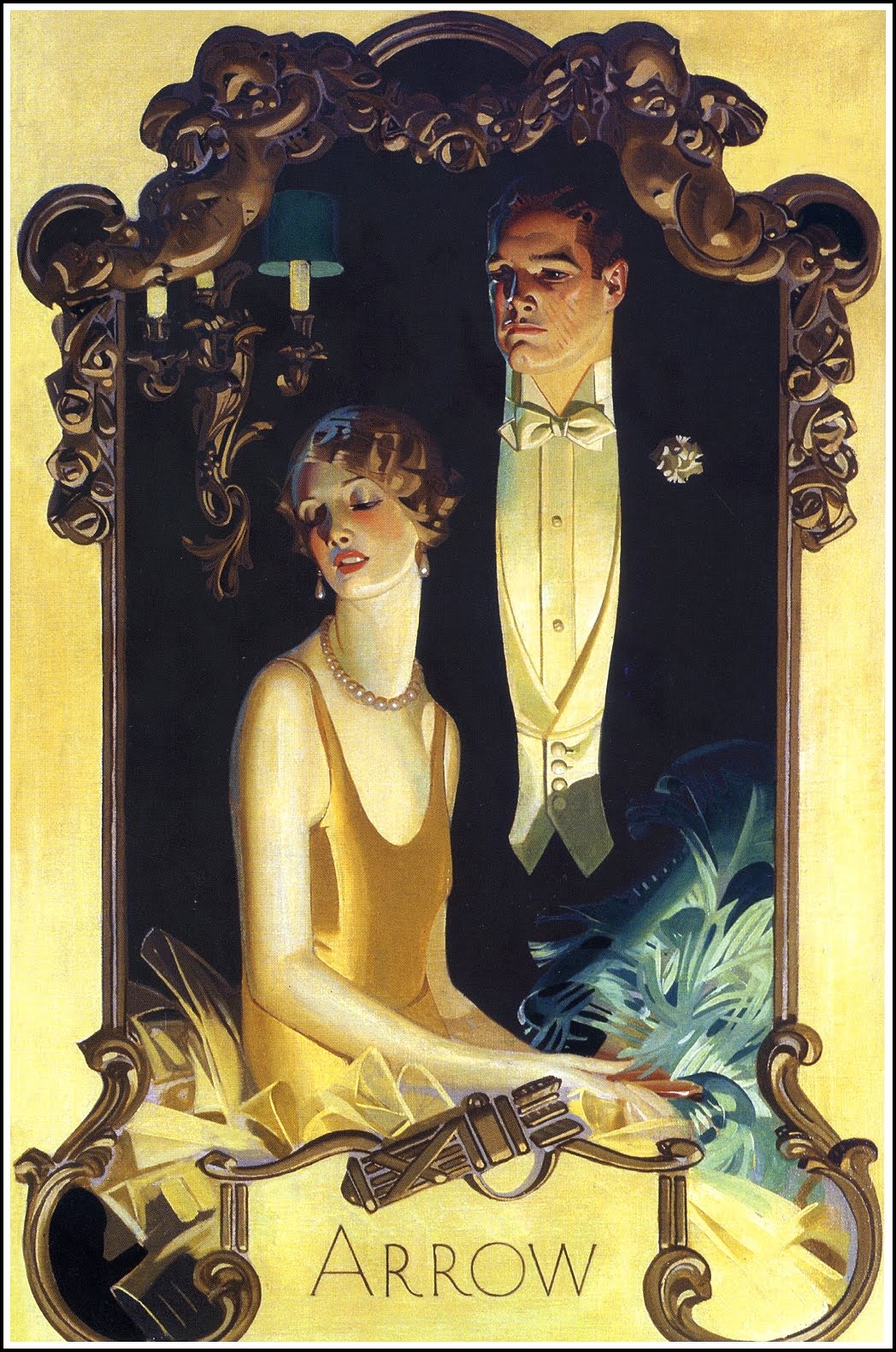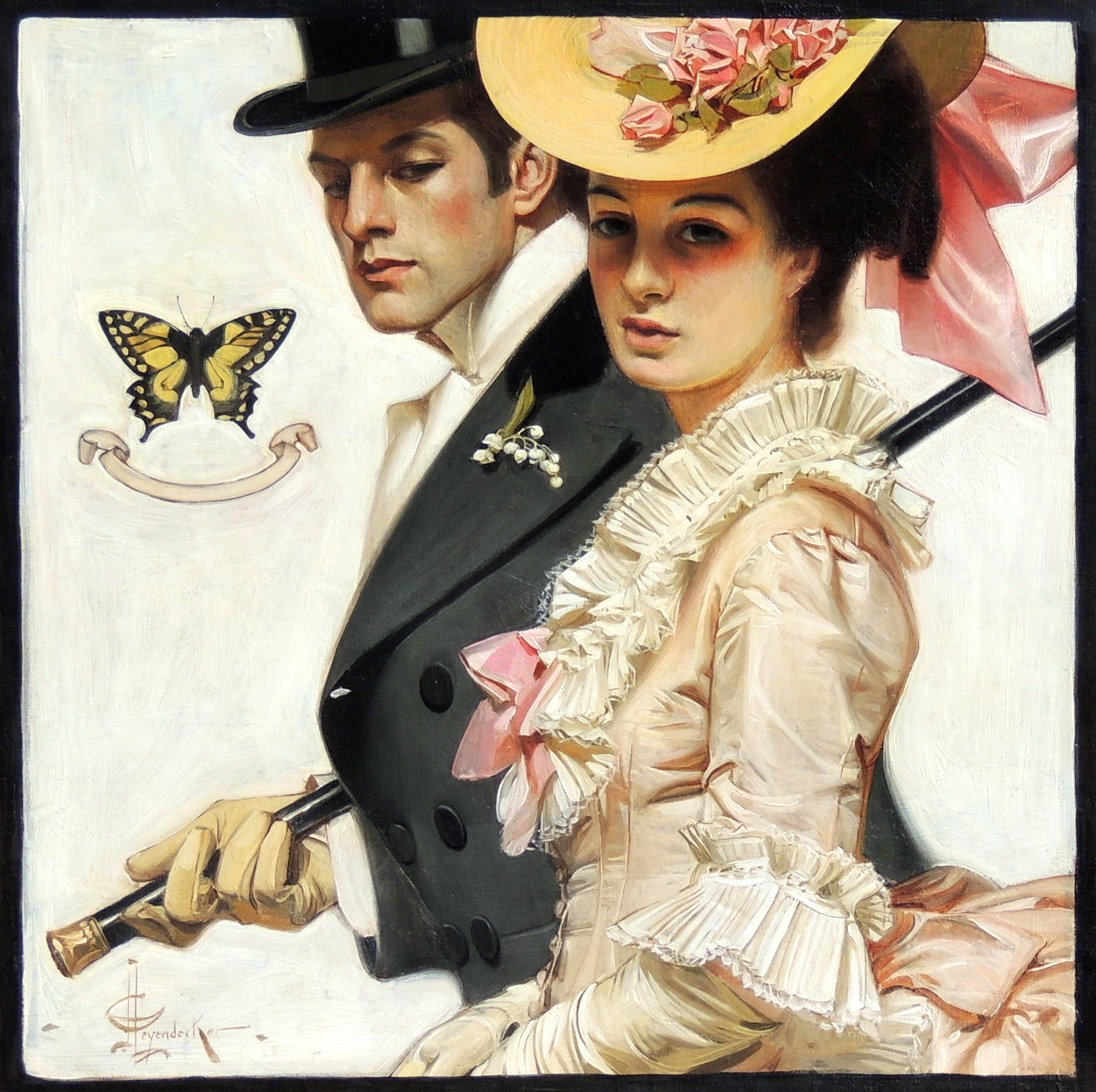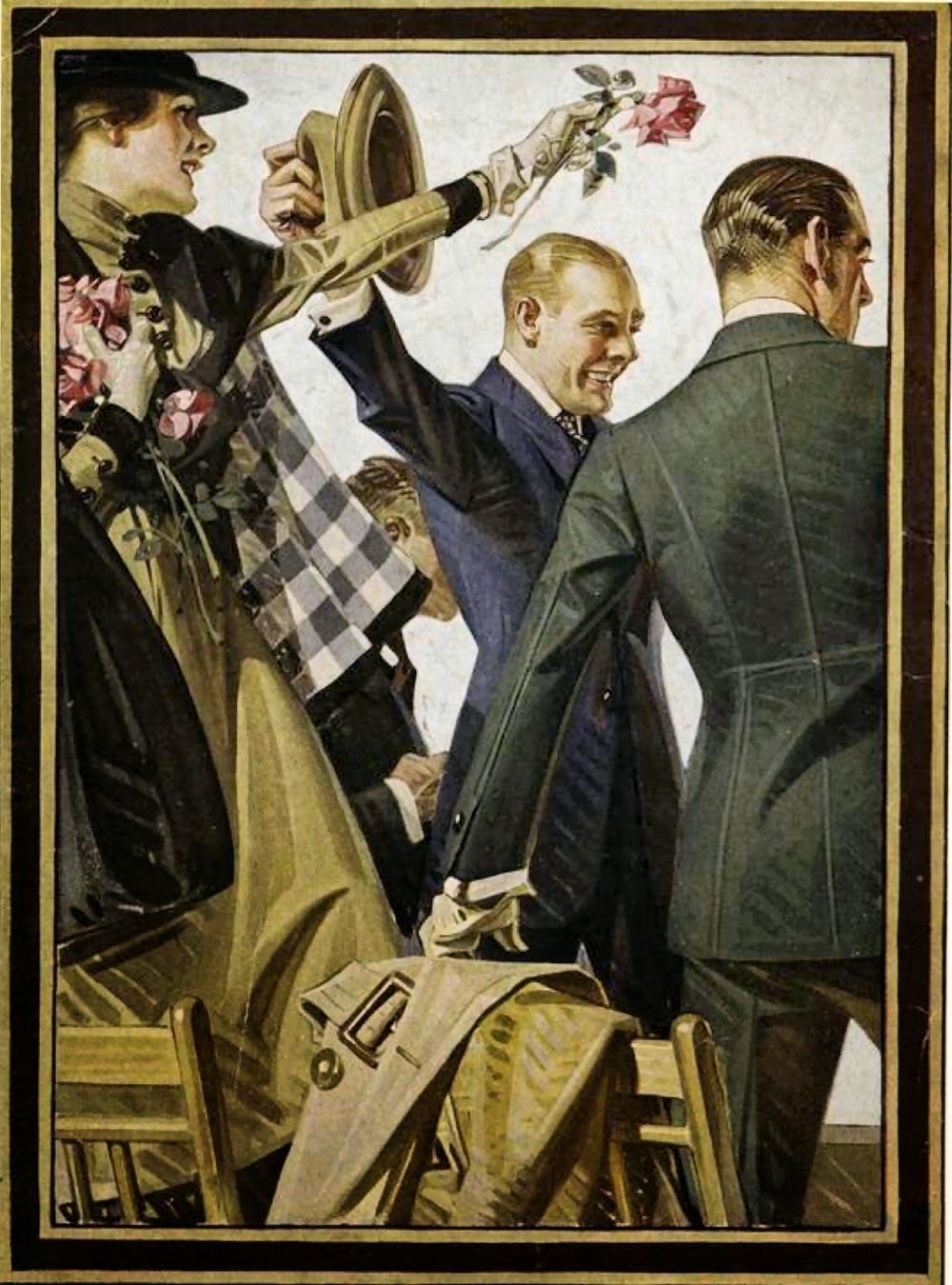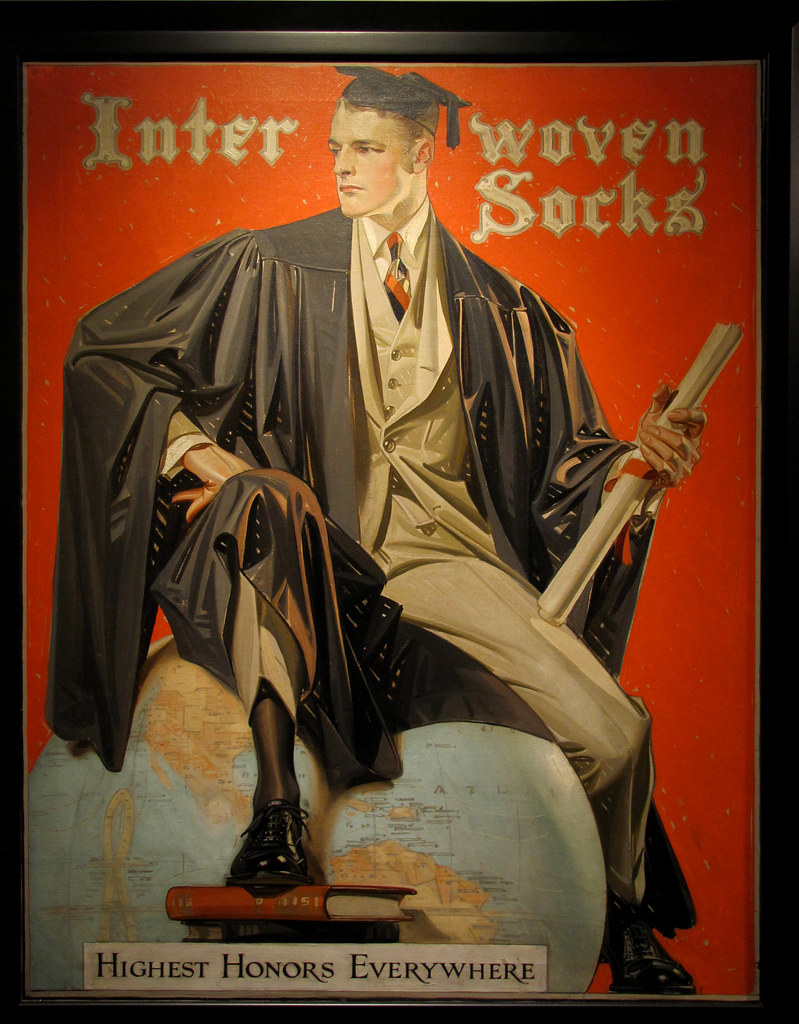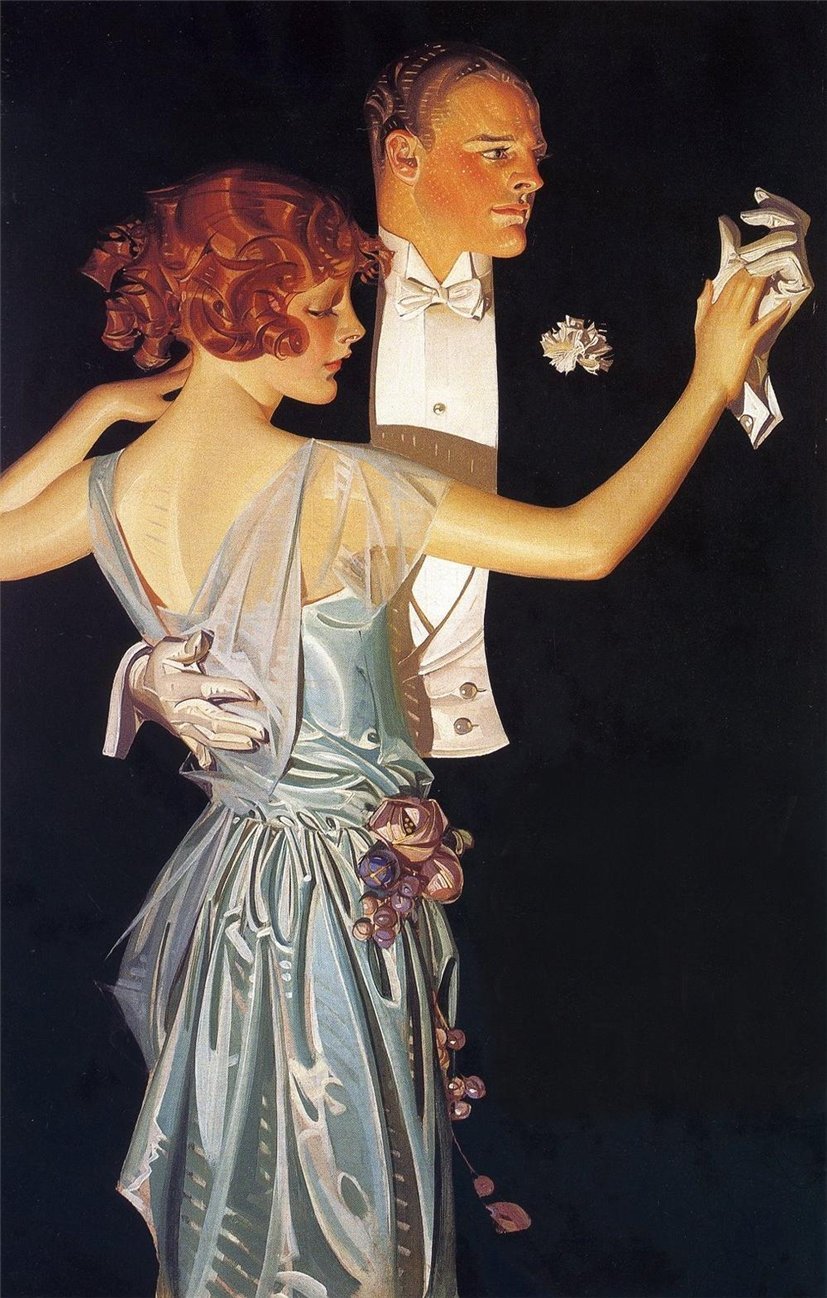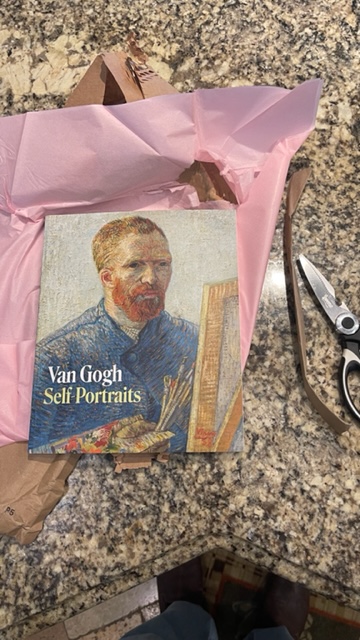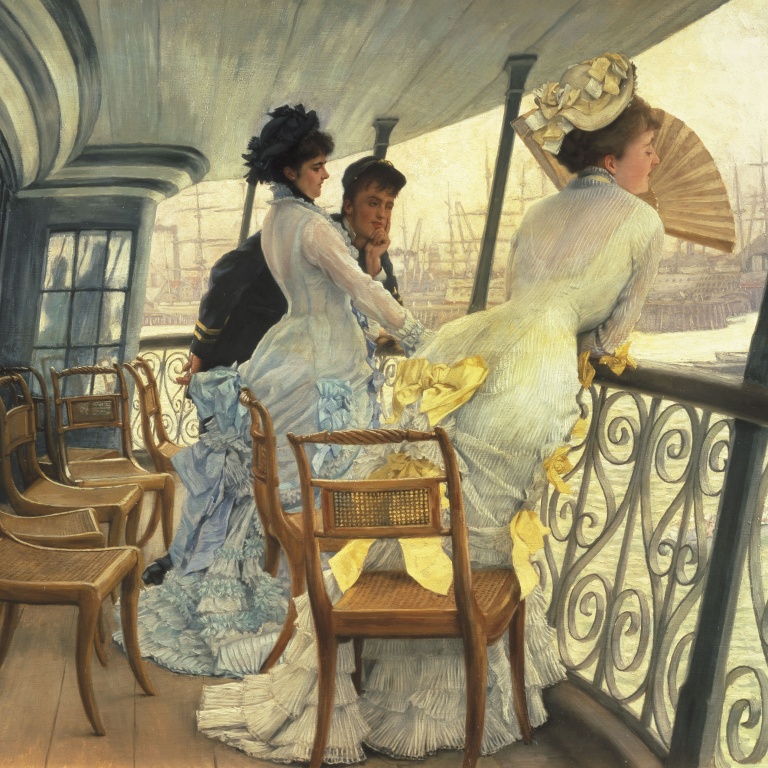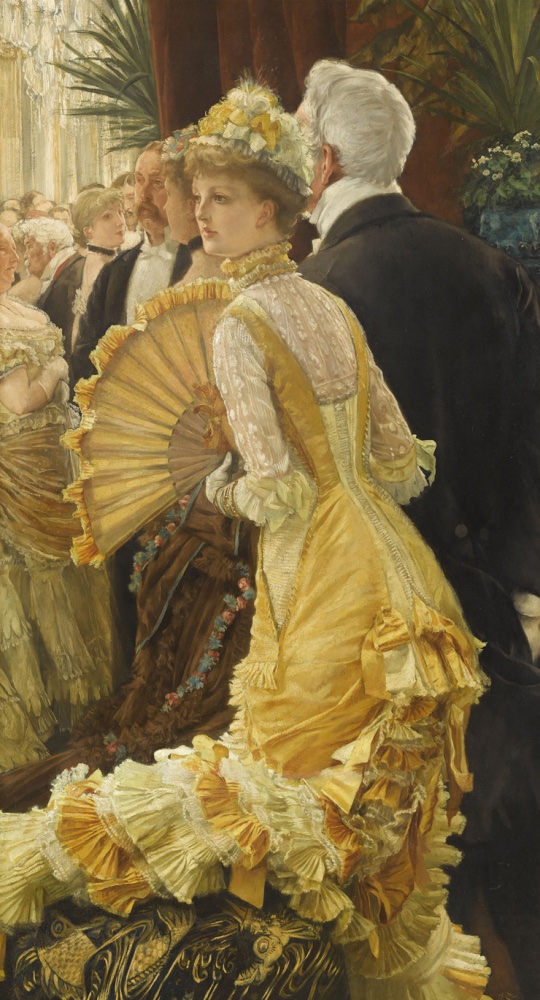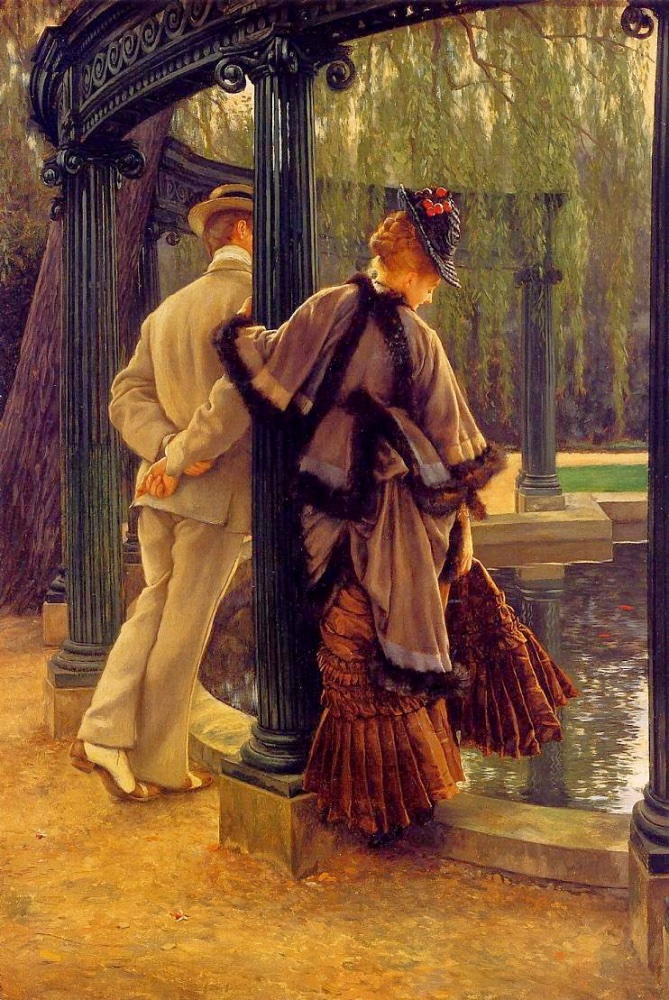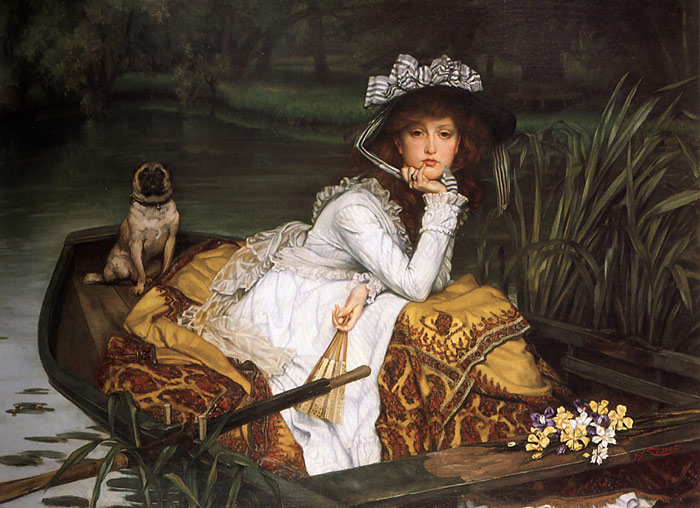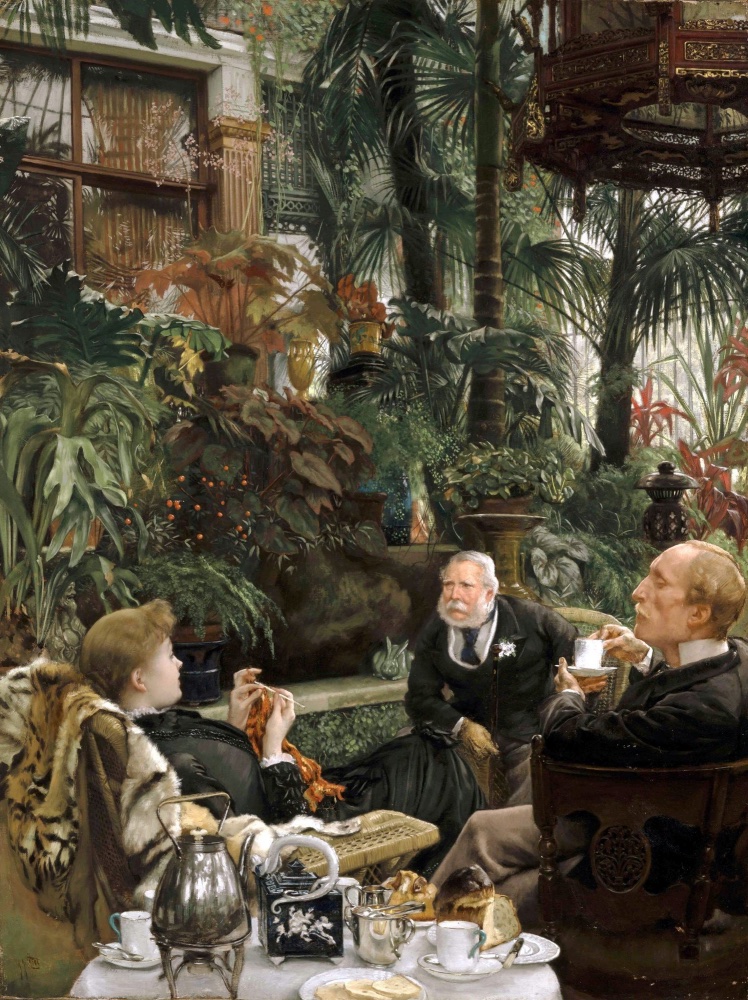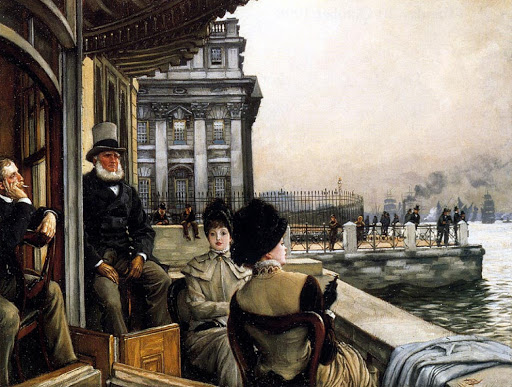A fascinating review.
You can view my library of photography and art books by clicking here.
Published in 2019 this splendid anthology of Hopper’s painting centers on the theme of hotels and travel and is recommended for the many illustrations it contains. You certainly should not buy it for the prose which is stultified and lugubrious in the extreme. The fact that the noun ‘dialectic’ occurs regularly suggests that the writer(s) learned English as a second language and are intent on having you know that they understand the rules of grammar better than you. Example: “As a frequent painter of hospitality sites, Sloan provides object lessons how a hotel can suggest value in the vernacular and comfort in the commonplace” (p.21). Please.
Well, forget that nonsense and luxuriate in the host of images contained in the book’s 200+ pages.
One of the really fun inclusions consists of two maps documenting road trips Hopper and his wife took in 1941 and 1952-53. Lots of fun as they show the exact places he stayed and (often) painted.
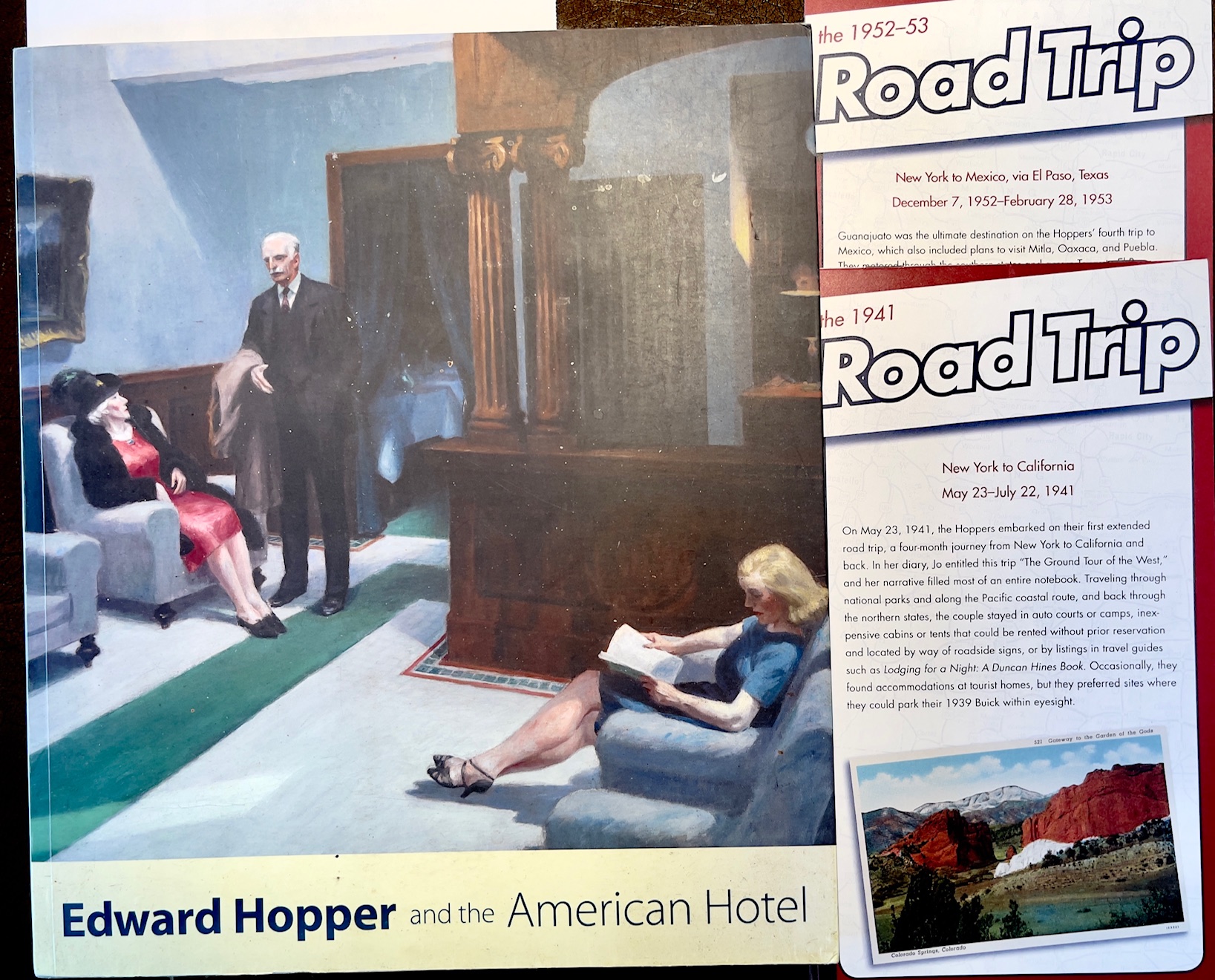
The book with Hopper’s road trip maps.
The long, sharp shadows and miserable people which Hopper so often depicts are abundantly present. He pulls no punches, even when the humor is sardonic as in this amusingly titled ‘Excursion into Philosophy’:
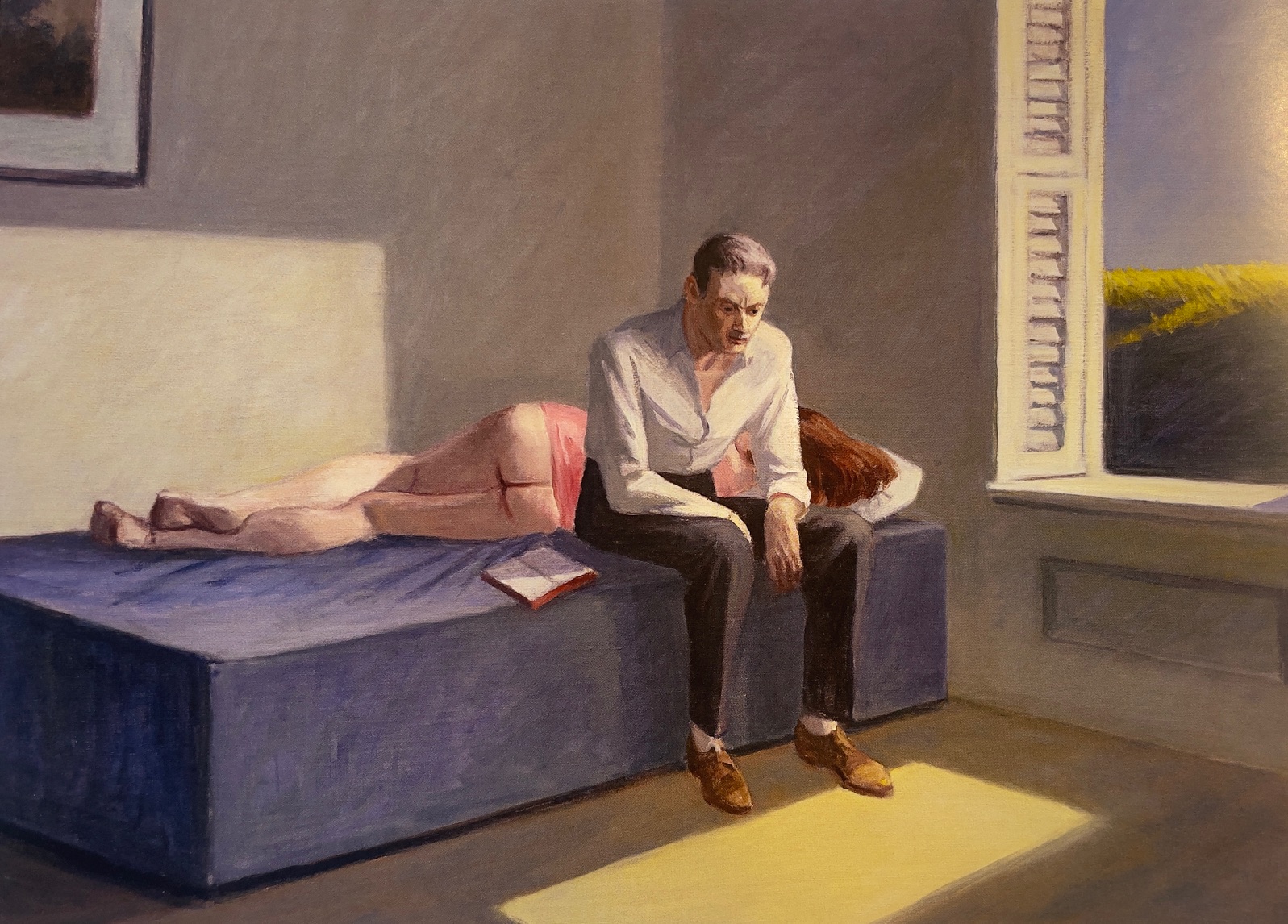
Excursion into Philosophy, 1959.
And those miserable people can only be described as exceptionally physically ugly:

Ugly. Morning Sun, 1952.
Hopper’s vision is intensely photographic but one interesting educational point of the book is that he was also a fine cartoonist, creating no fewer than 18 covers for an industry periodical named ‘Hotel Management’. Not the most thrilling of subjects, true, but he glamorizes the travel experience and its travelers – his style is reminiscent of George Barbier:
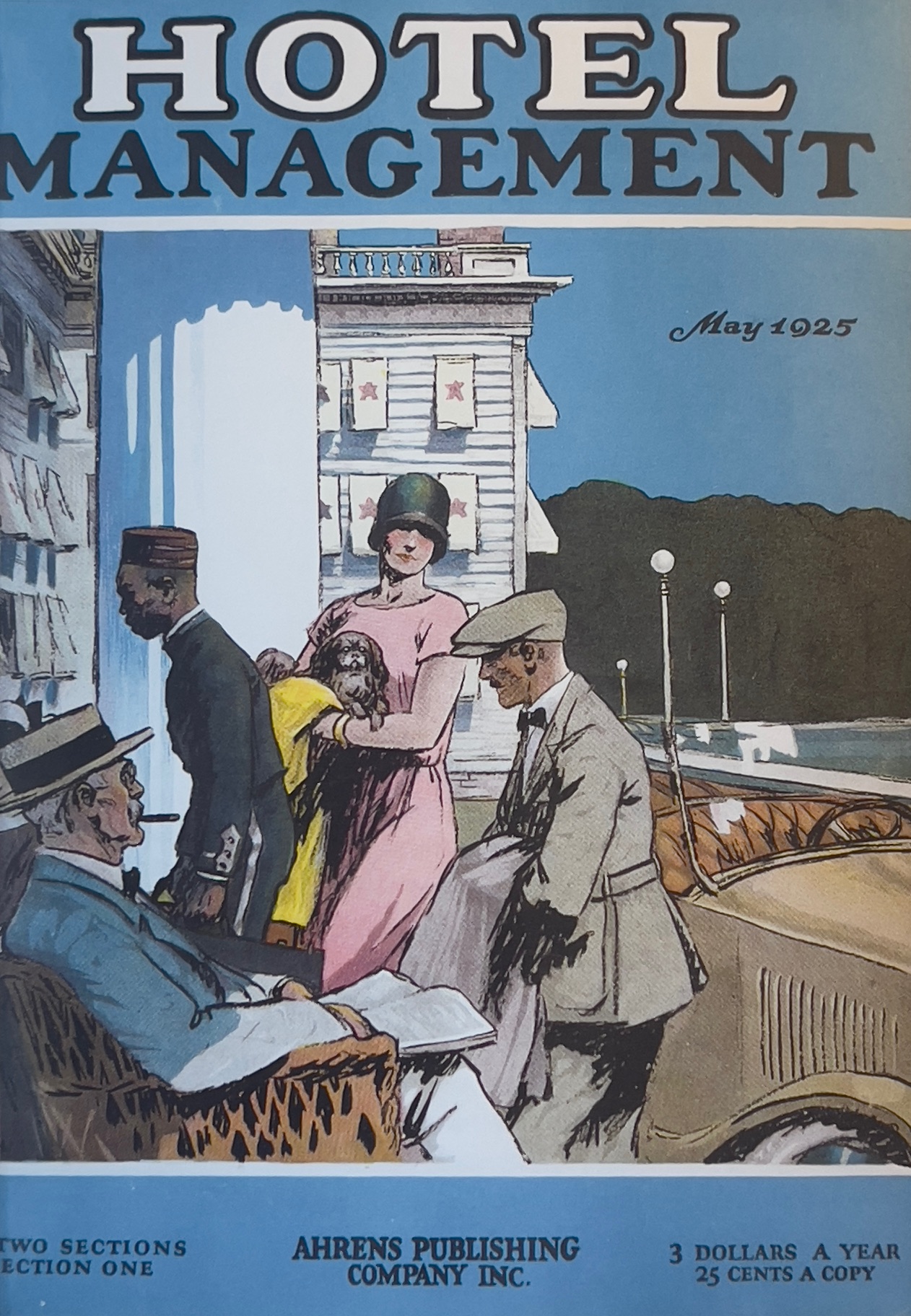
Hotel Management cover, May 1925.
The book is recommended for all photographers looking to enhance their vision.

Click the image for Amazon.
Thank you to my son Winston for the fine Christmas gift.

